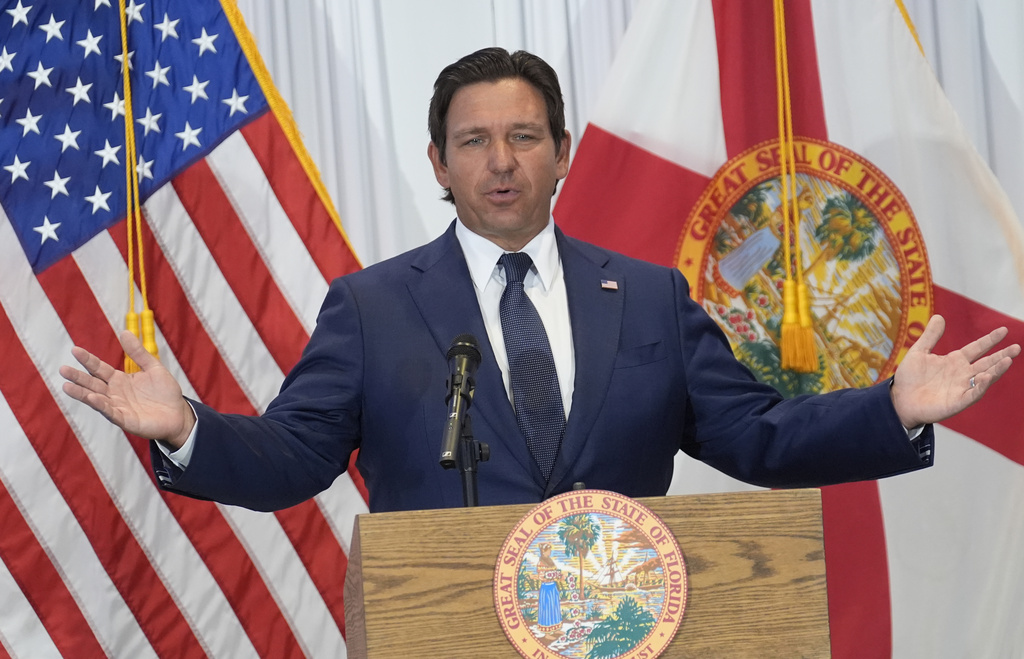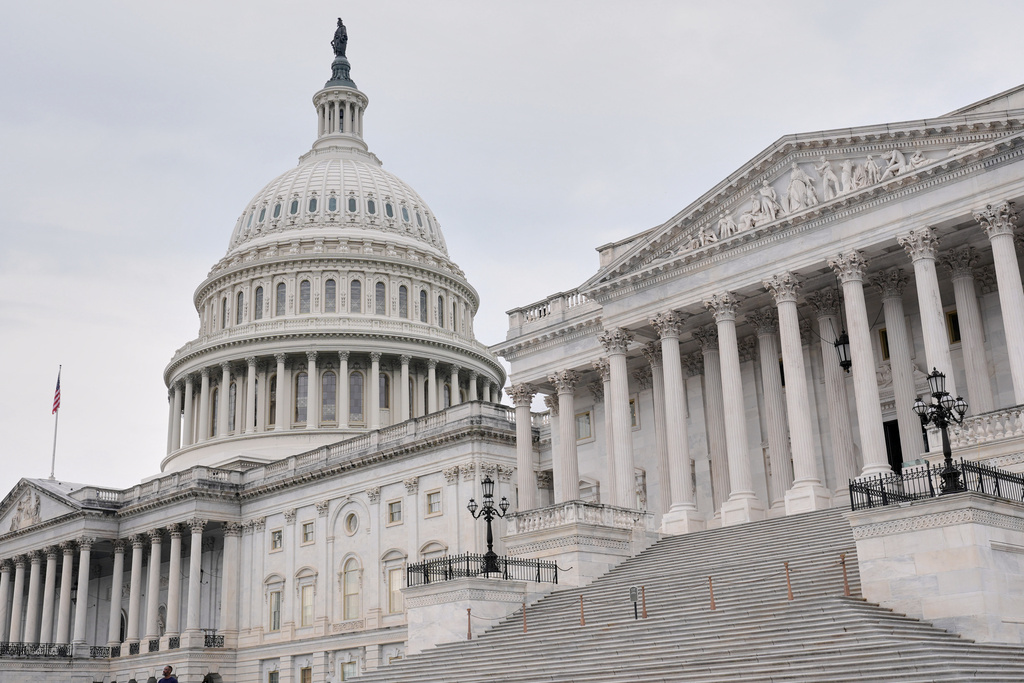For the first time in recorded history, the entire continental United States is experiencing what the Centers for Disease Control and Prevention calls "widespread influenza activity."
When a flu outbreak happens, the virus that gets people sick in Alabama may not be the same strain in Washington. So some parts of the country may have rougher flu seasons than others, depending on the strain.
The CDC said there are two reasons for this widespread activity. First, most people getting the flu are picking up the H3N2 strain, which is notorious for mutating so fast that vaccines can't keep up. This year's vaccine is thought to be just 32 percent effective at stopping H3N2.
Second, some hospitals are poorly equipped to deal with H3N2 because of supply shortages outside of vaccines. For example, some parts of the U.S. don't have enough of the intravenous fluid that delivers medicine to patients because hurricanes damaged the facilities in Puerto Rico where it's made. And in the hardest-hit parts of the U.S., there's not enough antiviral medication.
Despite these shortages, the CDC did say that this season isn't expected to be as severe as other recent H3N2-dominated years. But there are still at least 11 weeks of flu season to go, so researchers are encouraging those who haven't had their flu shot to get one.




 Why It's So Hard To Get A Flu Vaccine Right
Why It's So Hard To Get A Flu Vaccine Right






